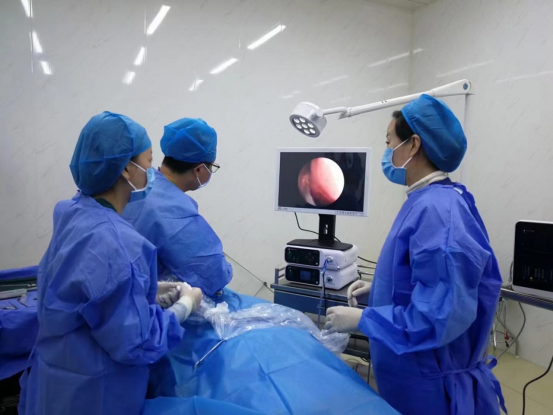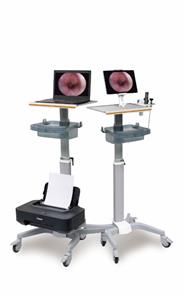Observation and analysis of the clinical effect of endoscopic sinus surgery on patients with sinusitis and nasal polyps
From January 2020 to December 2020, 30 patients with sinusitis and nasal polyps in our hospital were selected as the research objects, and were randomly divided into observation group (15 cases were treated by nasal endoscope) and control group (15 cases were treated by routine surgery). The surgical diagnosis and treatment, postoperative complications, recurrence and surgical effect of the two groups were compared. The comparison between endoscopic sinus surgery and conventional surgery shows that patients receiving endoscopic sinus surgery need shorter operation time, less intraoperative bleeding, shorter postoperative hospitalization time and shorter symptom disappearance time, which shows that endoscopic sinus surgery has better surgical diagnosis and treatment effects. This is mainly because, compared with the conventional surgical treatment, the nasal endoscopic surgical treatment method does not need to cut the nasal tissue. By implanting the nasal endoscope, the specific lesion position and polyp position can be known according to the feedback imaging images, which can effectively maintain the integrity of the nasal anatomical structure, reduce the trauma to the patient's nose, and effectively shorten the patient's surgical and postoperative hospitalization time. Moreover, due to the small trauma area, the patient's intraoperative bleeding is less, the postoperative recovery is faster, and the time required for symptoms such as nasal congestion to disappear is longer. At the same time, the amount of bleeding caused by endoscopic sinus surgery is less, which can maintain a clear visual field environment, and doctors can effectively remove the snoopable nasal polyps, which can reduce the recurrence rate of postoperative nasal polyps and other diseases.
To sum up, the application of nasal endoscope in the clinical diagnosis and treatment of patients with sinusitis and nasal polyps can help patients improve symptoms such as nasal congestion and purulent discharge, achieve better surgical effect, and effectively reduce postoperative complications and recurrence rate, which is worth popularizing.





